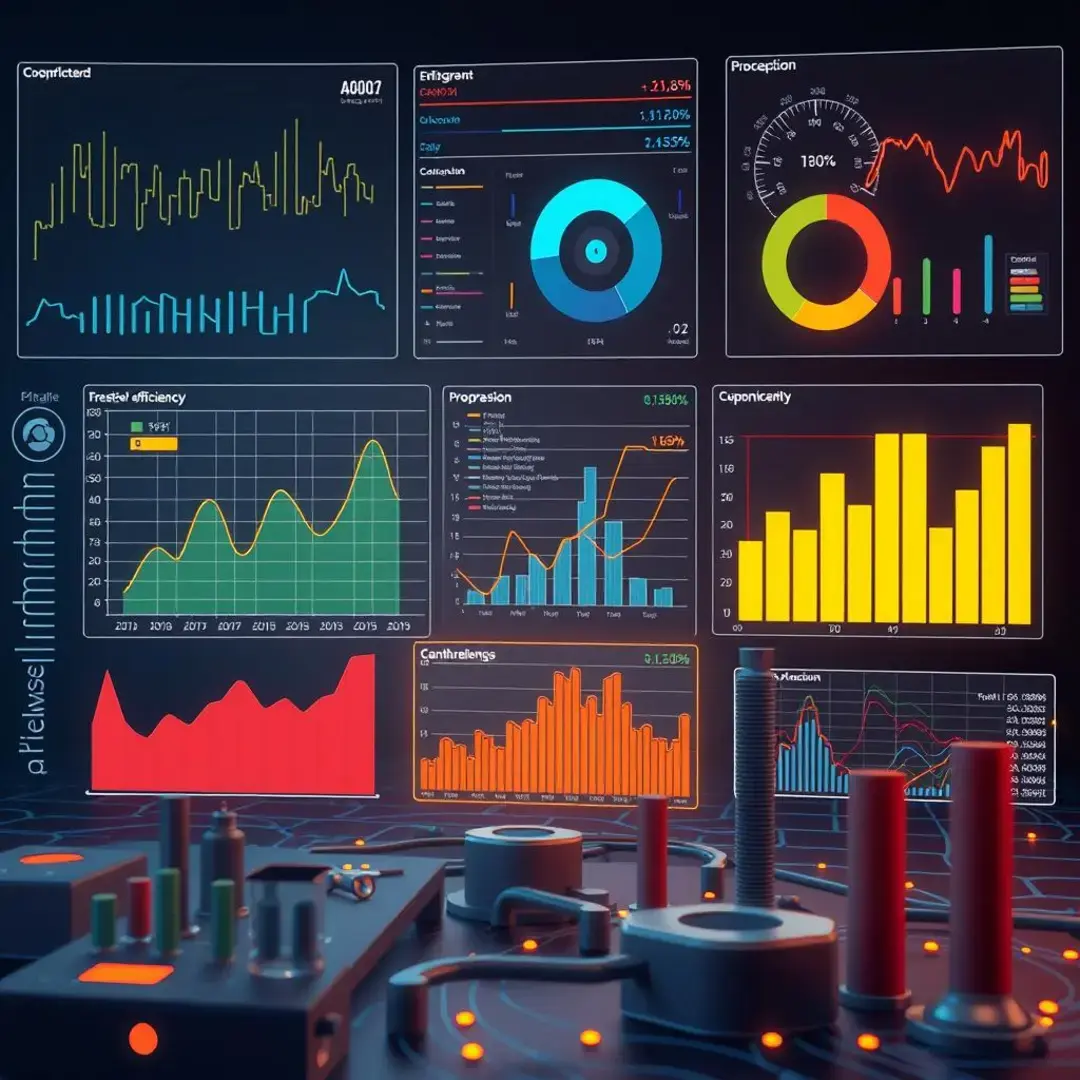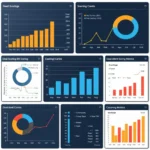Pipeline Analysis
Introduction

Overview of Pipeline Analysis in Sales Enablement and Analytics
Pipeline analysis refers to the systematic evaluation of sales forecasts and customer interactions within a sales pipeline. It serves as a critical aspect of sales enablement and analytics, offering businesses the insights necessary to optimize their strategies. In essence, it helps teams monitor their progress towards sales goals while identifying areas for improvement. By leveraging data-driven insights, organizations can enhance their understanding of customer behaviors and preferences.
Pipelines are not just about tracking potential deals; they encompass the entire journey of customer engagement. As competition intensifies, the need for effective pipeline analysis becomes even more paramount. Utilizing advanced analytics tools, companies can effectively evaluate their positions in the market and make informed decisions for revenue growth.
Key Trends in Pipeline Analysis

Emerging Trends
One of the most significant trends in pipeline analysis is the adoption of predictive analytics methods. These tools analyze historical data to predict future sales outcomes, allowing sales teams to focus their efforts on the most promising leads. As technology continues to evolve, predictive pipeline analytics are becoming increasingly sophisticated, providing richer insights into potential revenue streams.
Artificial Intelligence (AI) is revolutionizing the way businesses approach pipeline analysis. AI systems can automate the analysis process, enabling sales teams to derive insights faster and more accurately. This not only enhances decision-making but also reduces the time spent on mundane data entry and manual analysis, allowing teams to devote more time to client interactions and strategy development.
Industry Impact
The implementation of advanced pipeline analysis tools has led to a marked increase in sales productivity across industries. With real-time visibility into the sales pipeline, teams can respond more swiftly to opportunities and concerns. This heightened focus enables organizations to drive better results while fostering a culture of accountability within sales teams.
Improved forecasting is another key benefit of effective pipeline analysis. Organizations that leverage analytics tools tend to achieve higher accuracy in their sales forecasts, which in turn aids in better resource allocation and strategic planning. By understanding potential revenue more clearly, companies can make informed decisions that positively affect their bottom line.
Challenges and Limitations
Despite its advantages, pipeline analysis does come with challenges. One significant issue is the quality of data that feeds into the analytic processes. Inaccurate or incomplete data can lead to misguided analyses, potentially resulting in poor decision-making. Ensuring data quality is therefore a critical component of effective pipeline analysis.
Another challenge is the complexity of integrating new analytics tools with existing systems. Many organizations struggle with aligning their sales technology stacks, making it difficult for teams to derive comprehensive insights. This highlights the need for careful planning and execution when implementing new pipeline analysis tools.
Future Outlook

Future Developments
The future of pipeline analysis will undoubtedly see a push towards real-time visibility. As companies seek to respond quickly to market changes, having immediate access to pipeline data will become critical. This shift will enable teams to make timely adjustments, optimizing their sales strategies effectively.
Additionally, advancements in predictive modeling techniques are predicted to revolutionize pipeline analysis further. With the integration of more complex algorithms and machine learning, these models will become better at predicting customer behavior, leading to more accurate sales forecasts and improved outcomes.
Market Predictions
Market predictions indicate that the pipeline analysis market will continue to grow significantly over the next few years. As digital transformation becomes a necessity for survival, organizations are increasingly investing in analytics tools to gain a competitive edge. The rising demand for insights will drive innovation and expansion within the sector.
There will also be a marked increase in the adoption of AI-powered tools within pipeline analysis. These tools will not only assist in data analysis but will also provide actionable insights that empower sales teams. As more organizations recognize the value, AI solutions will become integral components of successful sales strategies.
Potential Impact on Users
For users, the implications of these developments in pipeline analysis are significant. Enhanced decision-making capabilities will arise from deeper insights into customer behaviors and sales trends. This empowerment will enable teams to craft tailored strategies that resonate with their target audiences.
Moreover, the potential for improved sales performance cannot be overstated. With access to robust analytics tools and accurate forecasting, sales teams will be better equipped to meet their targets and drive revenue growth. This cycle of improvement can ultimately lead to sustained business success.
How to Choose the Right App

Step-by-Step Guide
To choose the right pipeline analysis app, start by clearly defining your requirements. Consider what metrics are vital for your organization, the size of your team, and specific objectives you aim to achieve. This initial step will set a foundation for making an informed decision.
Next, conduct a thorough evaluation of different apps available in the market. Look for reviews, case studies, and user testimonials to gauge the effectiveness of each tool. You may also want to request demo versions to get a hands-on feel of how well the app aligns with your needs.
Finally, choose the app that best fits your requirements and budget. Consider factors such as scalability, ease of use, and the technology stack compatibility. This thoughtful selection process will help pave the way for successful pipeline analysis initiatives.
Conclusion

Pipeline analysis is more than just a trend; it is a vital necessity for modern sales organizations looking to thrive in an increasingly competitive landscape. By understanding emerging trends, evaluating current challenges, and anticipating future developments, businesses can leverage potent tools to enhance their pipeline strategies. As organizations navigate their choices for pipeline analysis apps, prioritizing integration, reporting capabilities, and user support will bolster their success. Ultimately, those who embrace these insights stand to gain a significant competitive advantage.
Factors to Consider
Selecting the right pipeline analysis app involves several considerations. First and foremost is its ability to integrate with your existing Customer Relationship Management (CRM) system. Seamless integration is crucial for maintaining data consistency and maximizing the usefulness of both systems.
The next factor to consider is the reporting and visualization capabilities of the app. Good visualization tools can bring data to life, making it easier for teams to understand trends and insights at a glance. This can facilitate quicker decision-making and enhance the overall user experience.
Finally, evaluate the pricing structure and customer support offered by the app developers. While cost is a significant factor, support quality is equally important. Look for vendors that provide comprehensive training and proactive support to ensure your team can maximize the tool’s potential.







